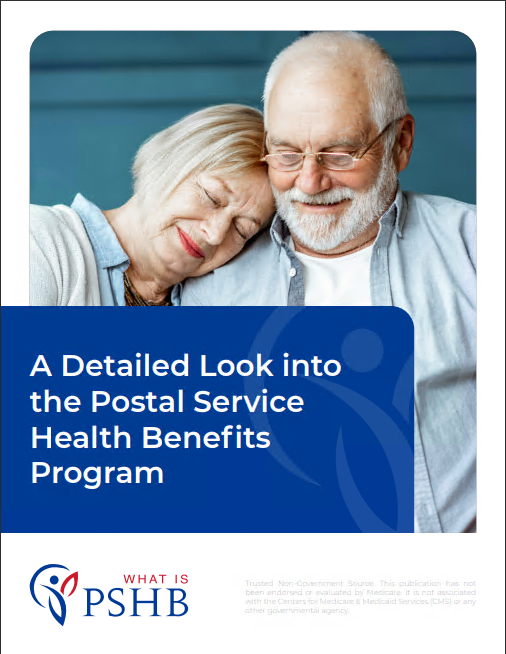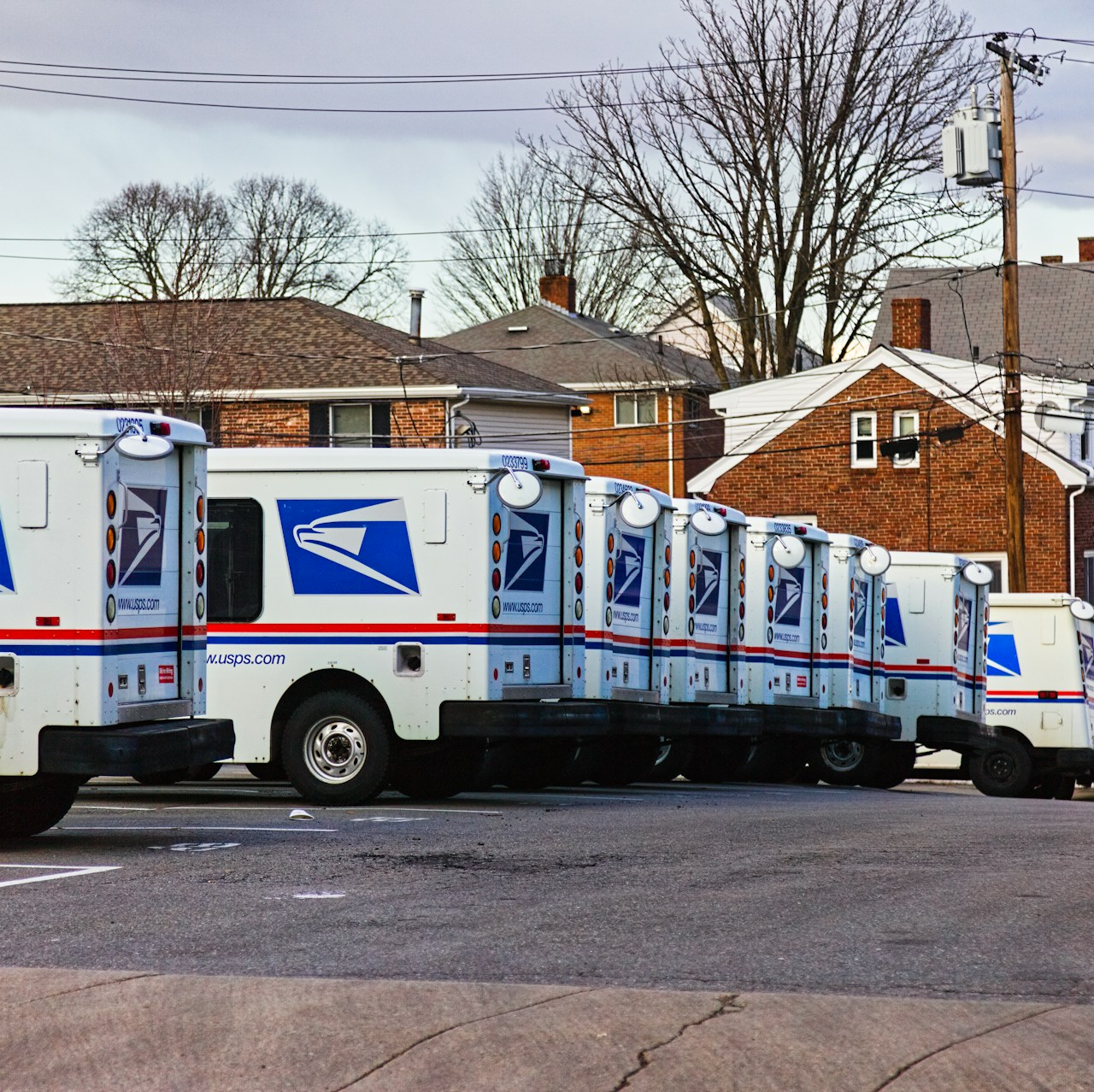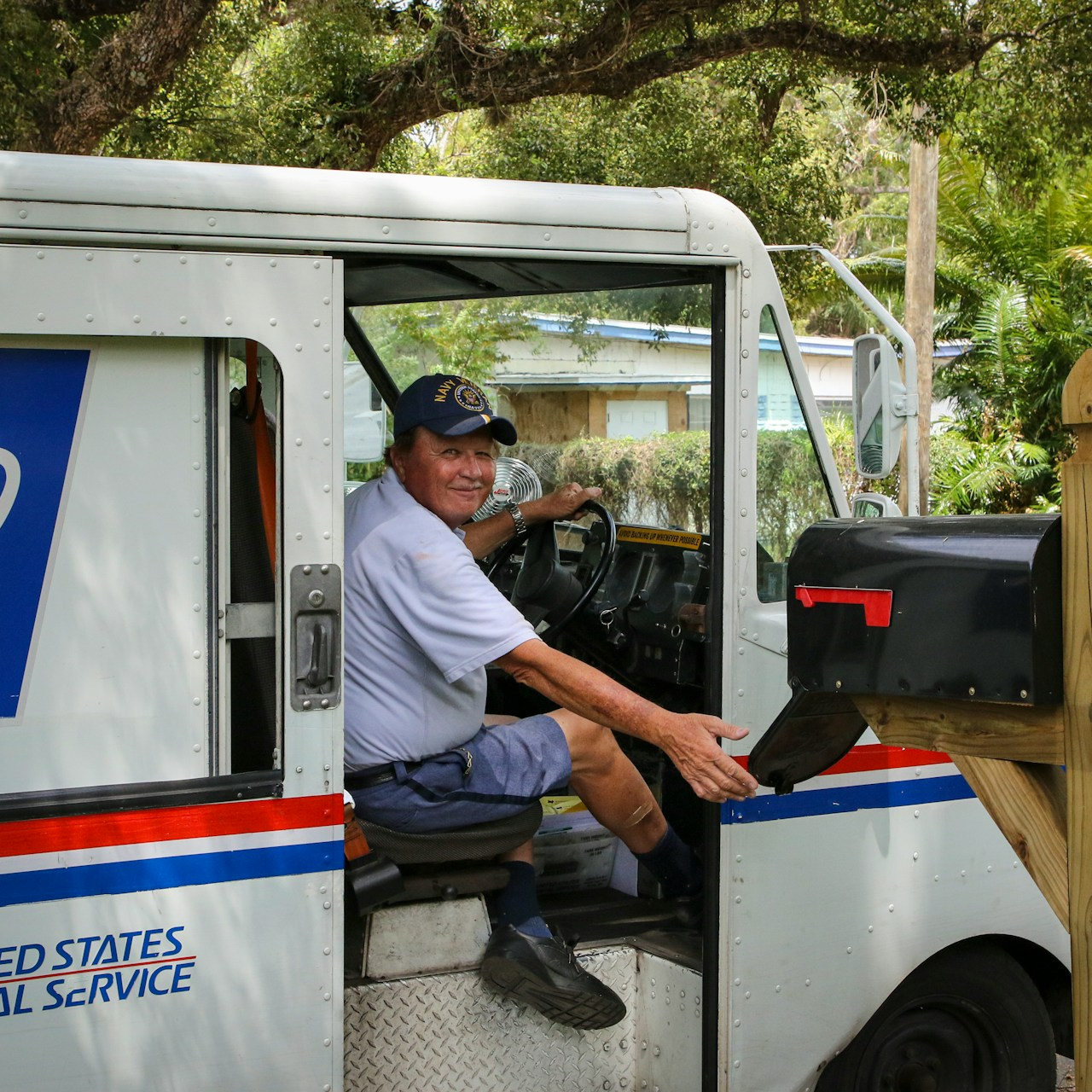Key Takeaways
-
USPS employees and retirees must enroll in the Postal Service Health Benefits (PSHB) program to maintain health coverage in 2025 and beyond.
-
Missing deadlines for enrollment or special events could lead to a gap in your healthcare coverage, so staying informed about important timelines is crucial.
Understanding PSHB: Why It Matters
The Postal Service Health Benefits (PSHB) program represents a major shift from the Federal Employees Health Benefits (FEHB) program. Designed specifically for USPS employees, retirees, and eligible family members, PSHB offers tailored health coverage options to meet your needs. If you’re a USPS worker or retiree, you must actively enroll in a PSHB plan to maintain your health benefits.
Navigating this change may seem daunting, but understanding the key steps and deadlines will ensure you stay covered without interruption.
Know Your Enrollment Timeline
Enrollment in the PSHB program follows a structured timeline. Missing these key dates could result in gaps in your coverage:
-
Open Season Enrollment Period: The Open Season for PSHB usually aligns with the FEHB Open Season, running from mid-November to mid-December each year. For 2025, the enrollment period ended on December 13, 2024.
-
Effective Coverage Date: Changes made during Open Season take effect on January 1 of the following year.
-
Special Enrollment Periods (SEPs): Outside of Open Season, you can make changes if you experience a Qualifying Life Event (QLE), such as marriage, birth, or loss of other health coverage. These changes typically have a 60-day window from the event date.
Mark your calendar and ensure you’re aware of these critical dates to avoid losing your health benefits.
Step-by-Step Enrollment Process
1. Review Your Options
Start by comparing the available PSHB plans to determine which one best suits your needs. Plan brochures and comparison tools are available online, providing details about coverage levels, premiums, deductibles, and copayments. Focus on what matters most to you, such as:
-
Coverage for specific healthcare services.
-
Provider networks.
-
Prescription drug benefits.
-
Costs, including premiums, deductibles, and out-of-pocket limits.
2. Gather Necessary Information
Before enrolling, ensure you have the following details ready:
-
Your USPS Employee ID or retiree credentials.
-
Social Security numbers for all family members you plan to cover.
-
Documentation for QLEs (if applicable).
-
Current health plan details for comparison.
3. Enroll Online or By Phone
During Open Season or SEPs, you can complete your enrollment through the designated PSHB enrollment portal or by contacting the benefits office. USPS typically provides instructions via:
-
Official USPS communication channels, such as letters or emails.
-
Online portals where you can log in and select a plan.
4. Confirm Your Enrollment
Once you’ve submitted your selection, double-check your enrollment confirmation. Keep a copy of your enrollment receipt for your records, as this serves as proof of your health plan choice.
Avoiding Common Enrollment Pitfalls
Missing a deadline or overlooking a detail can lead to complications. Here’s how to avoid common missteps:
-
Procrastination: Waiting until the last minute can cause unnecessary stress. Begin reviewing plans and gathering documentation as soon as Open Season begins.
-
Skipping the Fine Print: Plan brochures contain crucial details about coverage limits and costs. Take the time to read them thoroughly.
-
Failing to Consider Medicare Integration: If you’re eligible for Medicare, choose a PSHB plan that coordinates with Medicare to optimize your benefits.
-
Not Updating Personal Information: Ensure your mailing address, email, and other contact details are current to receive important notifications.
Key Considerations for Retirees
If you’re a USPS retiree, enrolling in PSHB comes with additional considerations:
-
Medicare Part B Enrollment: Retirees who are eligible for Medicare must enroll in Part B to maintain PSHB coverage. Exceptions apply to those who retired on or before January 1, 2025.
-
Transitioning from FEHB: Retirees currently enrolled in FEHB plans will need to transition to PSHB. Review your current plan’s offerings against PSHB options to ensure continuity.
-
Prescription Drug Coverage: Most PSHB plans automatically include Medicare Part D for retirees. Be aware of any changes to your pharmacy benefits.
Special Enrollment Periods (SEPs) Explained
Life doesn’t always align with Open Season, and that’s where SEPs come in. Examples of QLEs that trigger SEPs include:
-
Marriage or Divorce: You may add or remove a spouse from your plan.
-
Birth or Adoption: Add a new child to your coverage.
-
Loss of Other Coverage: If you or a dependent lose health insurance from another source, you can enroll in a PSHB plan.
To take advantage of a SEP, you must notify your benefits office and provide the necessary documentation within 60 days of the event.
Staying Informed About PSHB
USPS employees and retirees are responsible for keeping up with changes to the PSHB program. Here are a few ways to stay informed:
-
Monitor Official USPS Communications: Check your email, USPS newsletters, or physical mail for updates.
-
Visit the OPM Website: The U.S. Office of Personnel Management (OPM) provides detailed plan brochures and enrollment instructions.
-
Ask Questions: If you’re unsure about your options or the enrollment process, contact your USPS benefits office or an HR representative.
Being proactive about staying informed can save you time, money, and stress.
What Happens If You Miss the Deadline?
Missing the PSHB enrollment deadline can have serious consequences, such as:
-
Loss of Coverage: You may face a gap in your health insurance.
-
Delayed Access to Benefits: Without timely enrollment, you might need to wait until the next Open Season or experience a SEP to regain coverage.
If you miss the deadline, contact your benefits office immediately to explore your options. Acting quickly may help minimize disruptions to your healthcare.
Planning Ahead for Future Open Seasons
Preparation is key to making the most of future Open Seasons. Here’s how you can plan ahead:
-
Keep a Checklist: Include important tasks like reviewing plan changes, gathering documents, and comparing options.
-
Set Reminders: Use a calendar or smartphone alerts to track Open Season dates and SEPs.
-
Evaluate Your Needs Annually: Your healthcare needs can change year-to-year, so reassess your coverage requirements before making decisions.
Ensure Seamless Enrollment and Peace of Mind
Taking the time to understand the PSHB enrollment process will help you maintain uninterrupted health coverage. By staying organized, meeting deadlines, and keeping informed, you can avoid unnecessary stress and focus on what truly matters—your health and well-being.










